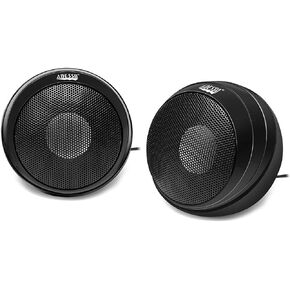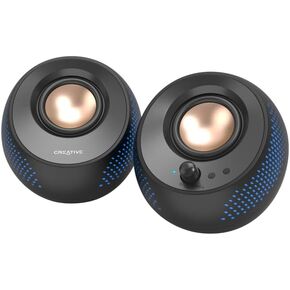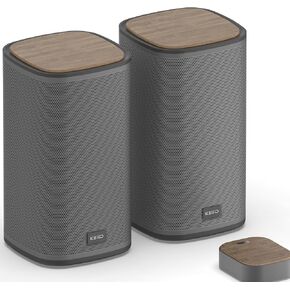- Shopping, made easy.
- /
- Get the app!
Warning Buzzer & Chime
Feature:
1. System Prompts and Alarms: The mainboard buzzer emits system beep sounds and alarms. It provides a brief beep during computer startup to indicate normal operation. In case of hardware failures or errors, it can produce continuous beeps as an alert to notify users.
2. Hardware Failure Diagnosis: The mini speaker is an essential indicator for diagnosing hardware issues. By emitting different frequency, duration, and interval of beeps, it conveys specific error codes or alert messages to help users identify problems and take appropriate actions.
Specification:
Material: plastic and metal
Usage: Turn on the computer power, and we will hear the familiar "beep" sound, which generally means that the computer can be used normally.
The red wire is the positive pole, and the black wire is the negative pole (in fact, there is no distinction between positive and negative poles, it can be used as long as it is connected to the Speaker interface)
Board alarm tone description
The general meaning of the AWARD BIOS ring is:
1 short: The system starts normally. This is what we hear every day, and it also means that there is no problem with the machine.
2 short: General error, please enter the CMOS settings and reset the incorrect options.
1 long 1 short: The memory or motherboard is wrong. Try changing the memory. If it doesn't work, you have to replace the motherboard.
1 long 2 short: Monitor or graphics card error.
1 long 3 short: keyboard controller error, check the motherboard.
1 long 9 short: The motherboard Flash RAM or EPROM is wrong, and the BIOS is damaged. Try changing the Flash RAM.
Continuous sound (long beeps): Memory is not seated or damaged. Reinsert the memory. If it still doesn't work, you can only replace one memory.
Keeps ringing: The power supply, monitor, and graphics card are connected.
Check all plugs.
Repeated short beeps: Powe
 Adesso Xtream S4 USB Desktop Speaker 5W x 2 Black
KWD 7
Adesso Xtream S4 USB Desktop Speaker 5W x 2 Black
KWD 7
 Creative Pebble X
KWD 33.500
Creative Pebble X
KWD 33.500
 -15%
Bluetooth Computer Speakers with Wireless Touch Control Pod for PC Laptop/Desktop Wireless Stereo Gaming Speakers, 4 EQ Modes, Aesthetic Style, 2024 New Model
KWD 22.500
-15%
Bluetooth Computer Speakers with Wireless Touch Control Pod for PC Laptop/Desktop Wireless Stereo Gaming Speakers, 4 EQ Modes, Aesthetic Style, 2024 New Model
KWD 22.500
 Left & Right Speaker w/Subwoofer Assembly 922-9057 922-9058 Replacement for MacBook Pro 13" A1278 2009 2010
KWD 8
Left & Right Speaker w/Subwoofer Assembly 922-9057 922-9058 Replacement for MacBook Pro 13" A1278 2009 2010
KWD 8